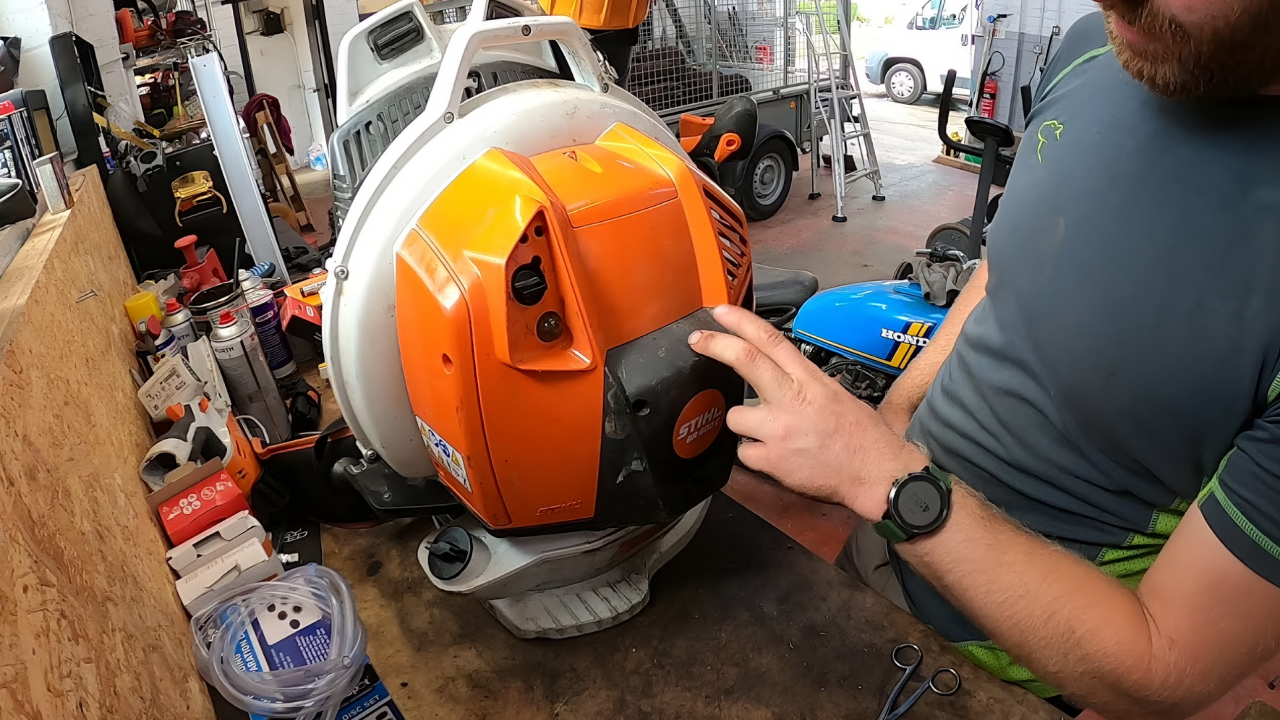
Picture this: a piece of plastic spinning at 216 miles per hour mere inches from your spine. On November 6, 2025, the Consumer Product Safety Commission issued a recall that shook the landscaping industry. The STIHL BR 800 Magnum backpack blower—models X and C-E—harbored a defect so serious that regulators moved with rare urgency.
Inside each machine, the internal fan wheel could break apart during normal operation, ejecting sharp fragments at velocities matching the blower’s air output. This wasn’t an ordinary malfunction. It was a structural failure waiting to happen. Most owners had no idea.
47,800 Units. $31 Million.

Between May and September 2025, approximately 47,800 BR 800 Magnum blowers made their way into yards, landscaping crews, and municipal parks. That’s $31 million in consumer equipment value. Serial numbers ranging from 546515117 to 547916107 marked the affected machines.
Most owners were still using them daily when the recall was announced, right in the middle of peak leaf season, when these blowers see maximum deployment.
German Engineering Meets Quality Control Breakdown
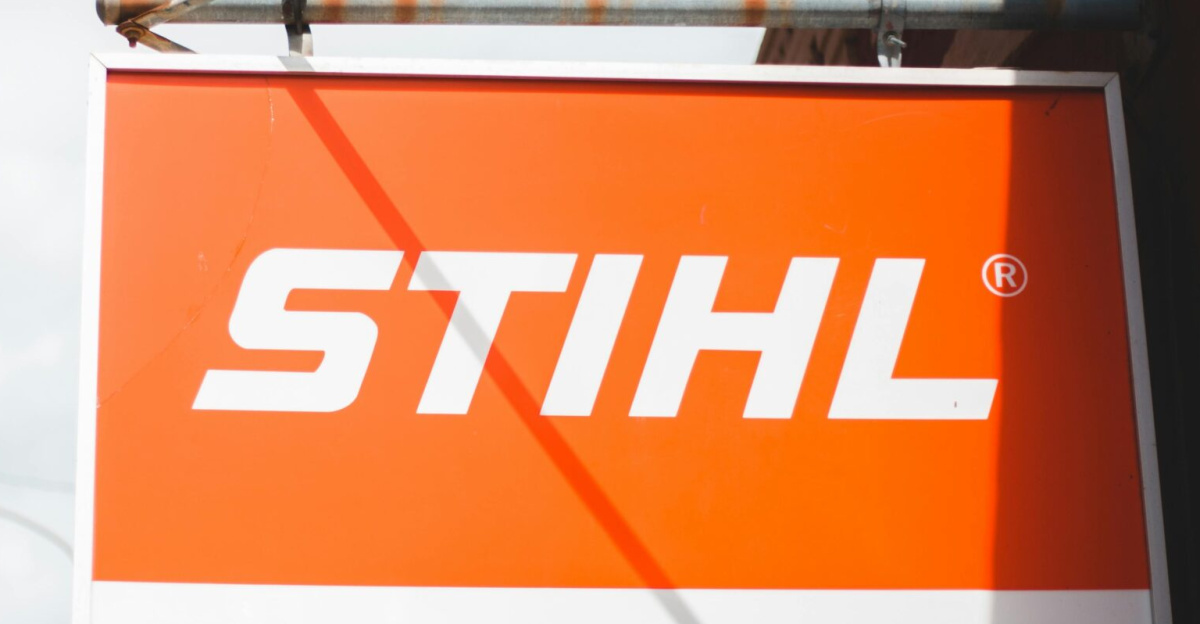
STIHL’s reputation is built on precision. The BR 800 Magnum sat at the premium tier, priced between $600 and $700 for equipment marketed to landscape contractors and municipalities. The Magnum branding promised durability engineered to German standards.
Somewhere in the manufacturing process, something went wrong. A defect in the fan wheel—stemming from mold specifications that deviated from engineering standards—slipped through quality control across the entire five-month production run.
How the Defect Works
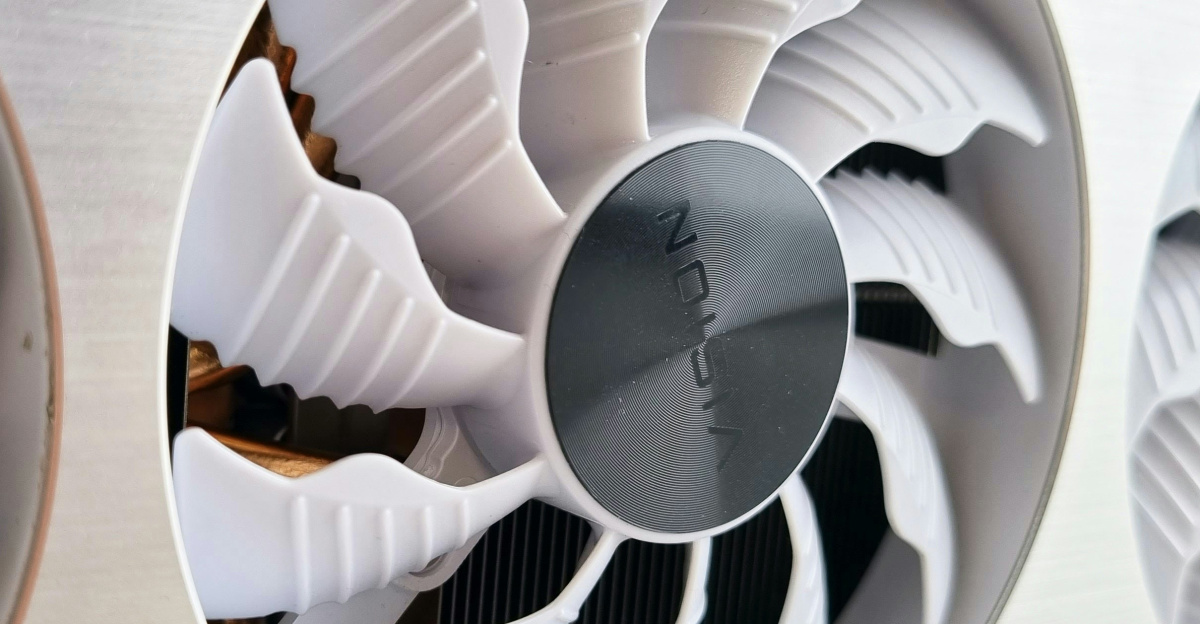
The plastic fan wheel is manufactured to exact specifications to withstand repeated stress cycles. But recalled units were produced with fan wheels that didn’t meet those specifications. Over time, degradation accumulates. Stress fractures form internally—invisible and inaudible over the engine’s roar.
Then, without warning, the wheel shatters. Fragments launch outward at 216+ mph. The backpack design positions the spinning wheel mere inches from the operator’s back, neck, and shoulders.
Backpack Design Positions Danger Inches From Your Spine
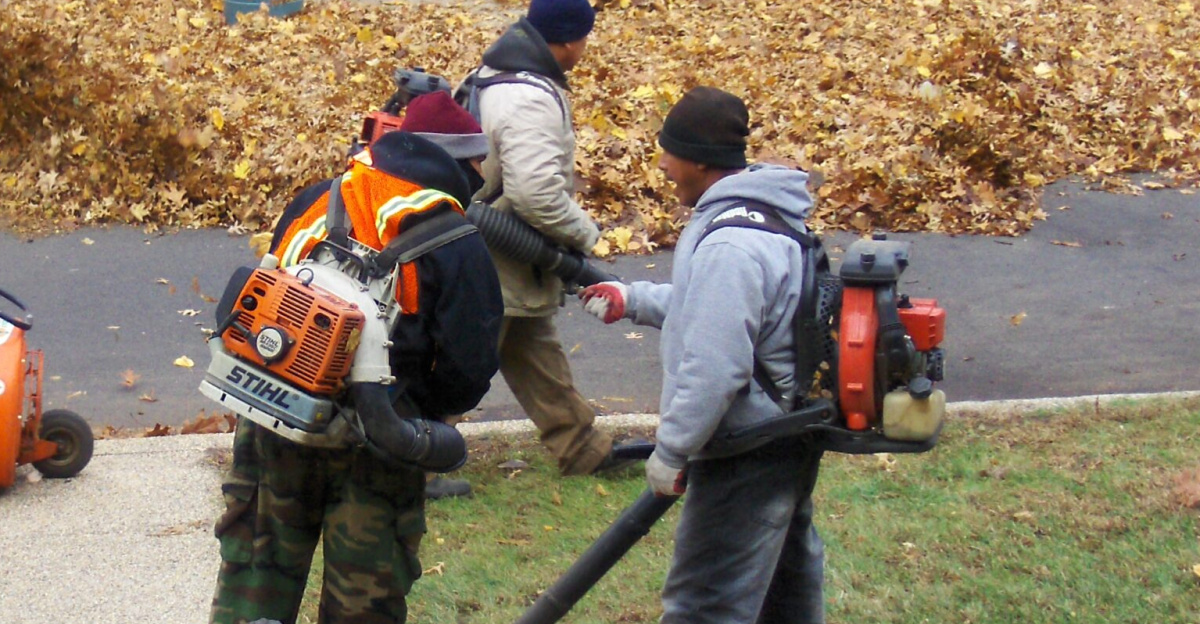
For users in light clothing—which is most people during peak season—exposed skin becomes the target zone. At these velocities, fragments can slice through skin and muscle with surgical precision.
Every time someone pulls the trigger, they’re carrying a hidden risk that could cause deep lacerations near vital areas. The hazard intensifies during warm months when protective gear is minimal.
CPSC Classification: Serious Laceration Hazard

The Consumer Product Safety Commission classified this as a “serious laceration hazard.” Fan wheel fragments can cause severe trauma to skin and muscle, with deep lacerations near the spine or neck, risking nerve damage.
The CPSC reports no injuries to date, yet moved with rare urgency—issuing a recall before injuries materialized. This proactive approach indicates that internal testing data revealed a sufficient risk to warrant immediate action.
Manufacturing Root Cause
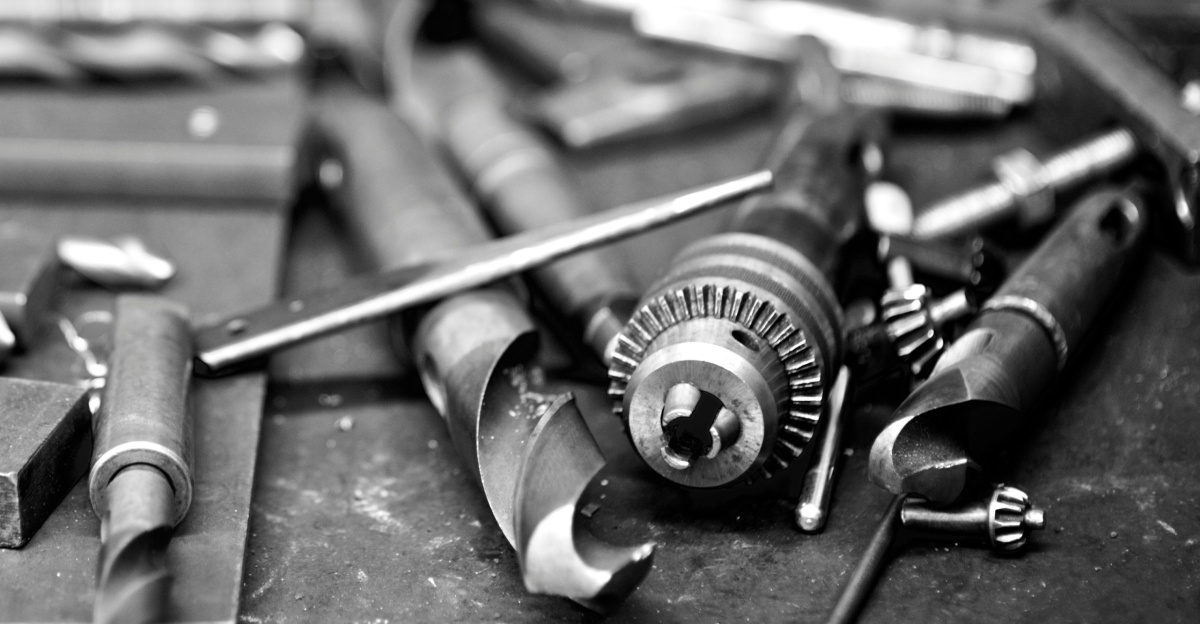
STIHL traced the defect to fan wheel production specifications. The plastic fan wheels were manufactured using molds that deviated from engineering standards. Whether that came from tooling error, cost-cutting, or quality control breakdown—the result remains: wheels unable to withstand normal operational stress.
The defect affected the entire five-month production run, suggesting either a persistent tooling problem or systemic quality control failure.
Global Confirms Systemic Failure

This wasn’t an isolated U.S. problem. The United Kingdom’s product safety authority issued a matching recall on November 6, 2025, confirming affected fan wheels “were not made to specification” and “may fail over time.”
Australia’s product safety regulator posted warnings for identical BR 800 C-E models. When multiple countries converge on the same issue simultaneously, it signals a systemic flaw in manufacturing, not a regional anomaly.
Peak Season Timing Creates Maximum Exposure

The recall announcement arrived in early November, precisely when the fall leaf season reached its peak. October and November are when backpack blowers work hardest. Thousands of affected units were actively deployed across landscaping crews, municipal parks, and residential yards when the CPSC went public.
Every day someone uses an affected blower, they are taking an unknown risk during the season when equipment works overtime.
No Injuries Yet—But That Could Change Fast

The CPSC moved before anyone got hurt, but that window is closing. Every recalled blower still in use represents a live hazard during peak season. The absence of reported injuries doesn’t mean the risk is theoretical—it means regulators identified the failure pattern early enough to intervene.
With 47,800 units deployed and fall cleanup in full swing, the probability of catastrophic failure increases with every hour of operation. Don’t wait for someone else to become the first statistic.
Free Fix With Hidden Costs

STIHL responded with immediate action: free inspection and replacement of the defective fan wheel at any authorized servicing dealer nationwide. The company covers all labor and parts. On the surface, it looks generous. However, service appointments were booked weeks in advance as dealers were swamped.
Contractors whose livelihoods depend on equipment faced lost income and missed commitments. The “free fix” shifted the cost burden to consumers through lost productivity.
Models X and C-E Magnum

The affected machines are unmistakable. Gray and orange bodies with “STIHL,” “BR 800,” and either “X” or “C-E” printed on the rear. The X Magnum retails for approximately $600, while the C-E Magnum retails for roughly $700. Both models share identical fan wheel defects.
The serial number is located on a label affixed to the blower tube. Only units bearing serial numbers 546515117 to 547916107 are subject to recall.
Your First Step Today

If you own a STIHL BR 800 Magnum purchased between May and September 2025, locate your serial number immediately. Write down the number from the label on your blower’s tube. Compare it against the recall range: 546515117 to 547916107.
If your unit falls within that range, stop using it today. Do not run it again until the fan wheel has been professionally inspected and replaced.
Call 800-233-4729

STIHL’s toll-free recall hotline operates Monday through Friday, 8:00 a.m. to 5:00 p.m. ET, at 800-233-4729. Please have your serial number ready when you call. Additional information is available at www.stihlusa.com/safety/recalls/br800 .
Finding an authorized dealer in your area is straightforward through STIHL’s website dealer locator. Bring your blower and purchase documentation to streamline the inspection process.
What to Expect at the Dealer

Taking a recalled blower to an authorized STIHL dealer triggers a formal inspection process. Technicians examine the fan wheel under scrutiny. If the defect is confirmed, they schedule a replacement. Do not attempt DIY fixes; improper repairs could worsen the hazard.
STIHL is covering all labor and parts at no cost. Professional service ensures the repair meets safety specifications and maintains warranty coverage.
May Through September 2025

Affected units were manufactured and shipped between May and September 2025. This five-month window represents a complete production cycle tainted by the same defect. Units bearing serial numbers 546515117 to 547916107 from this period are compromised.
If you purchased a BR 800 Magnum during these months, your blower requires immediate inspection regardless of its current condition.
Why International Recalls Matter

When the UK, U.S., and Australia all identify identical defects simultaneously, it signals a manufacturing problem at the source. This suggests the defect originated during production in the primary manufacturing facility and was distributed globally.
U.S. owners benefit from combined regulatory scrutiny. The global scope confirms this was a systemic issue affecting multiple markets, making the hazard undeniably real and urgent.
Industry Implications Going Forward

This recall has ripple effects across the entire outdoor power equipment industry. Competitors now face pressure to certify their backpack blower designs against similar fan wheel degradation scenarios. Regulators will likely demand stricter durability testing protocols across the category.
STIHL’s misstep raises the safety bar across the industry. Manufacturers can expect increased scrutiny from the CPSC and more rigorous testing requirements moving forward.
Your Next Move Determines Your Safety

You now know the threat. You know how to identify your blower. You know the fix is free. The only variable left is your choice. Call 800-233-4729 today—not tomorrow, not next week. Every hour you wait with a recalled blower in your shed is an hour the hazard persists.
STIHL engineered the replacement. Regulators confirmed the danger. Your responsibility is simple: act now, or accept the risk. The hazard is real. The window to act is closing.


